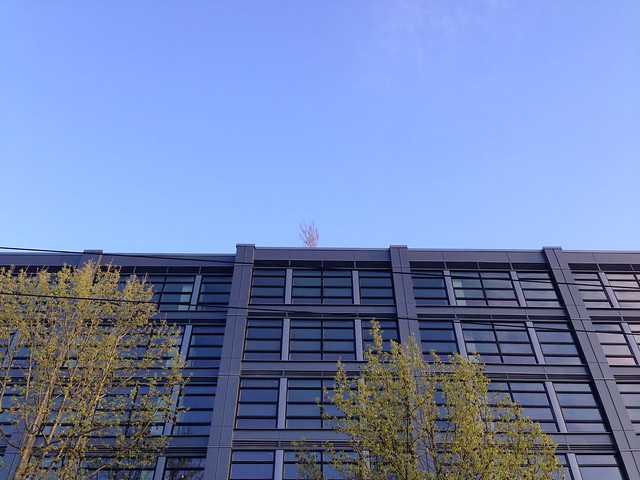By Shira Zur, UW News Lab/Special to CHS
Community leaders got together this week for the second annual Earth month celebration Plant Sale & Seed Exchange and highlighted ways for Capitol Hill residents to get involved with gardening, growing native plants, and involving underrepresented voices in growing food in urban areas.
Co-hosted by the Capitol Hill EcoDistrict and Seattle Audubon, the event earlier this week emphasized the need for gardening in Capitol Hill and the importance of shopping native plants. The sale continued its partnership with Black Star Farmers, the Black Farmers Collective, and the University of Washington’s Society for Ecological Restoration Nursery.
“This is the soft-launch of our effort to get people into the planting strips along the corridor and to really identify places where people can garden,” Erin Fried, the EcoDistrict Deputy Director, said.
But the sale was only a small part of the opportunities around Central Seattle for people to help make the area green and growing.
While Capitol Hill is home to around 40,000 people, there are only a few handfuls of community gardens, according to Fried. These community gardens are highly sought-after — the wait times to join can range from half a month to two years.
To address the issue, Ecodistrict, in collaboration with Seattle Audubon and Seattle Bird Conservation Partnership, introduced the Nature of your Neighborhood website. The online guide provides Capitol Hill residents information on where they can plant a garden, apply for a gardening permit, and contribute to the biodiversity of the neighborhood. Continue reading










